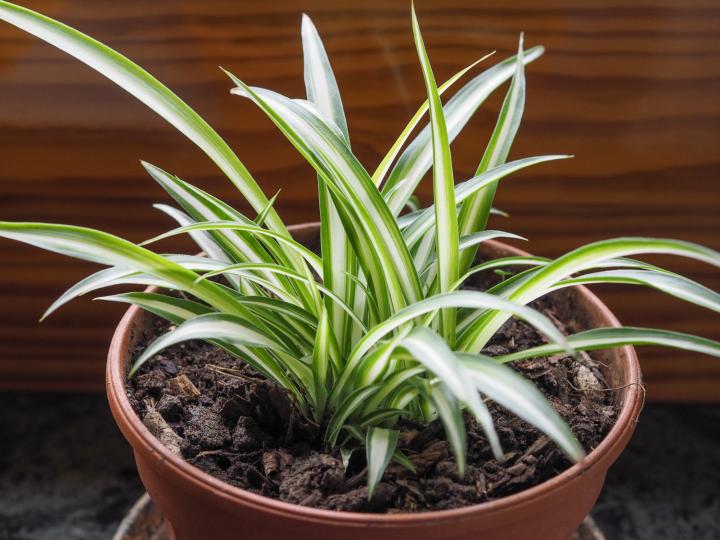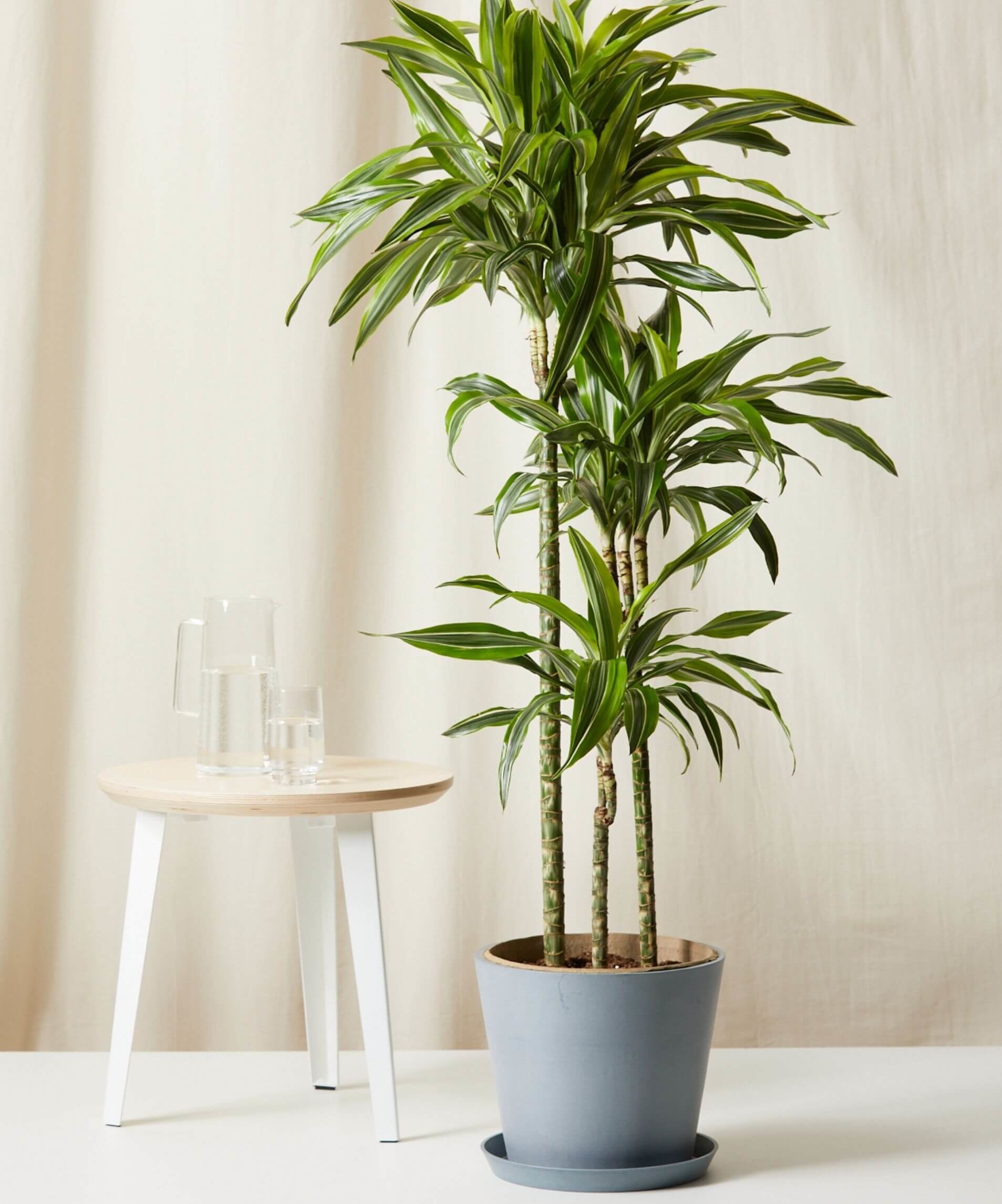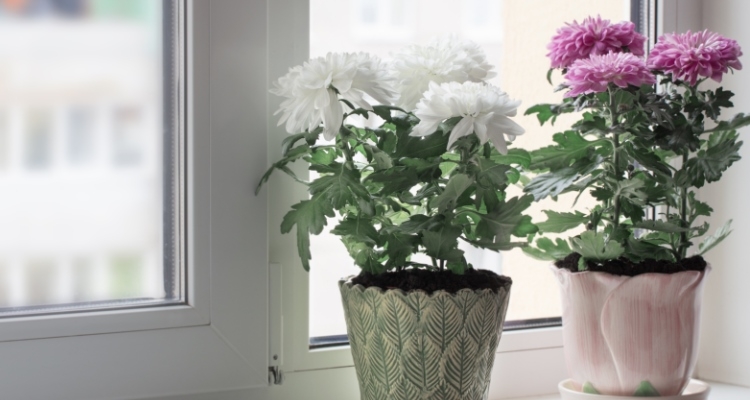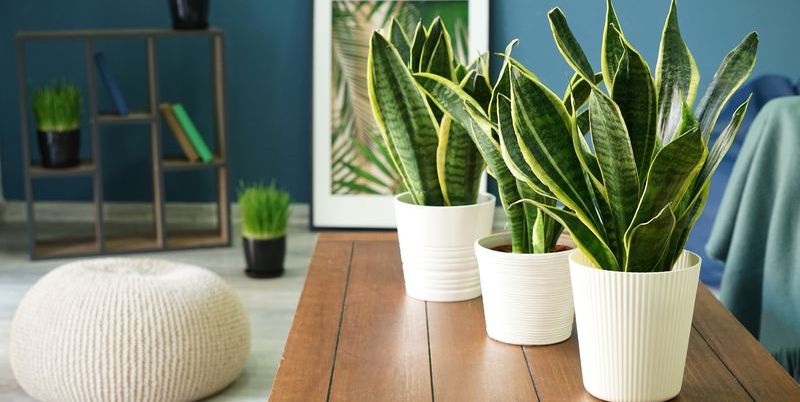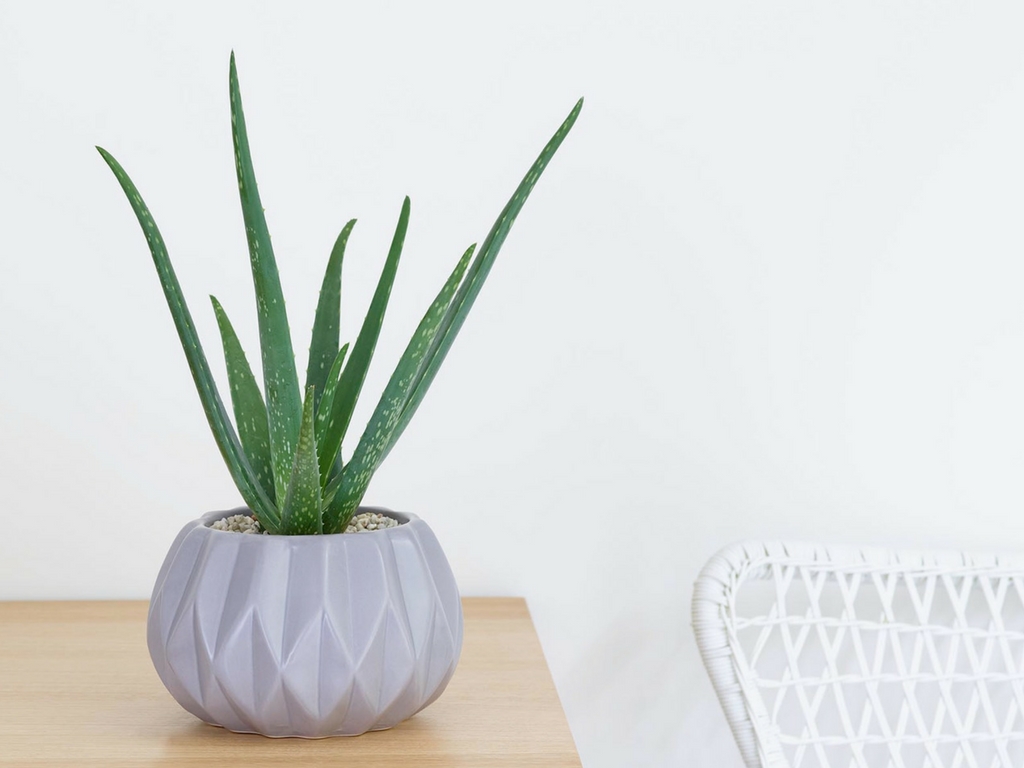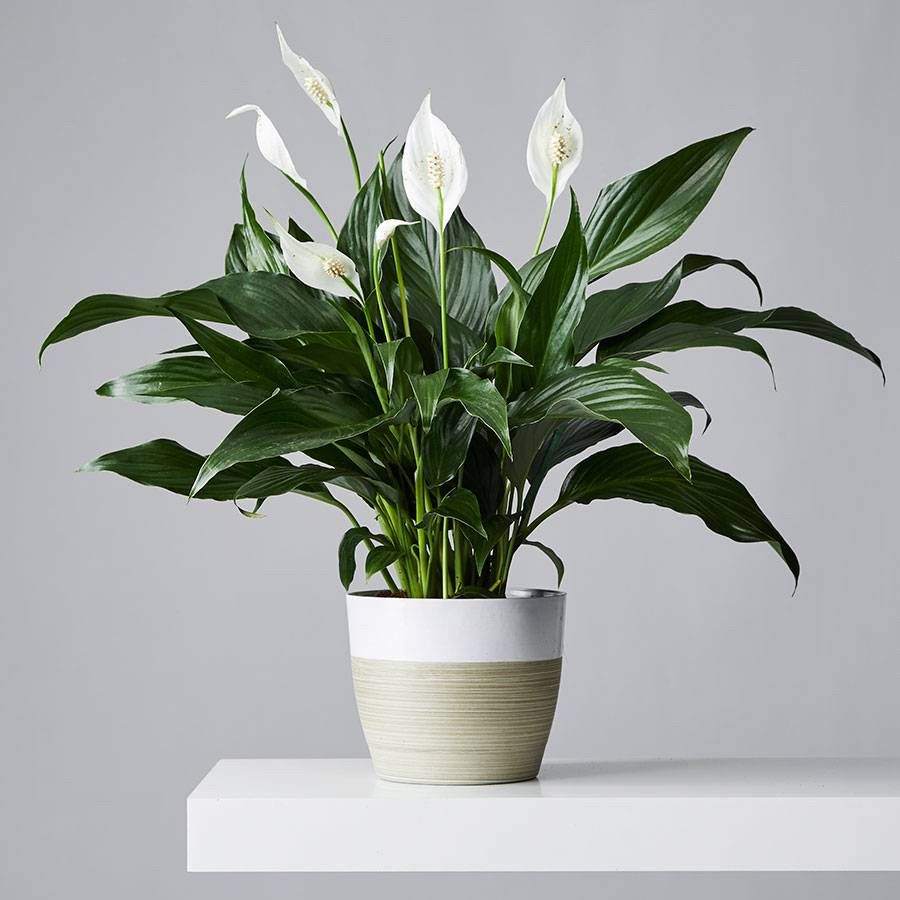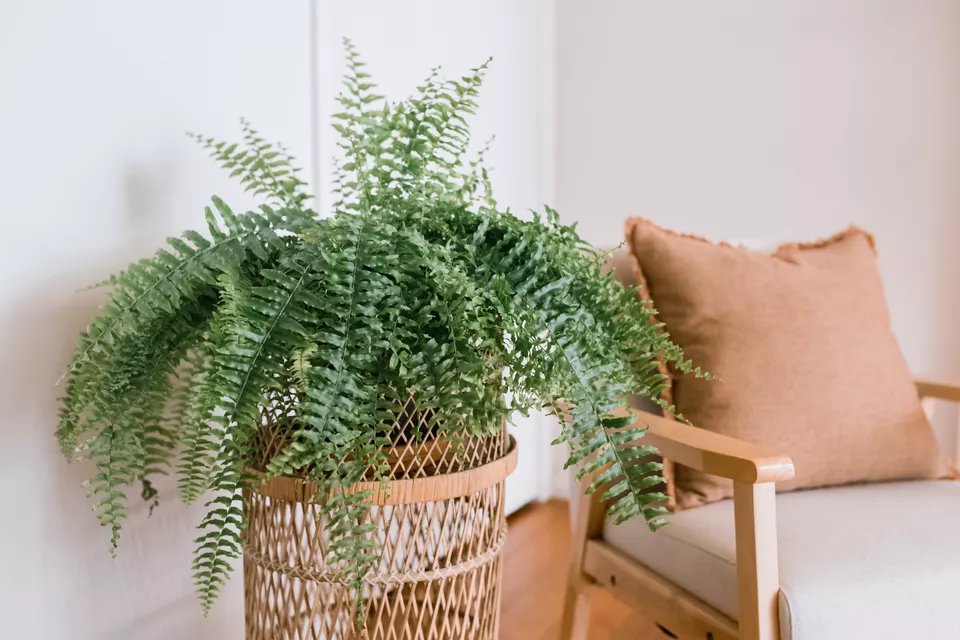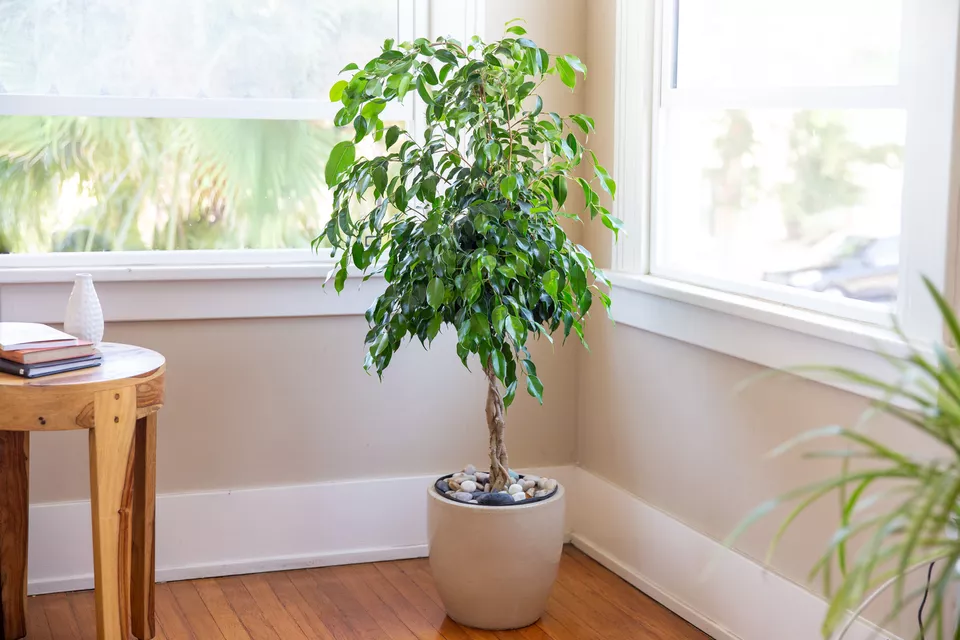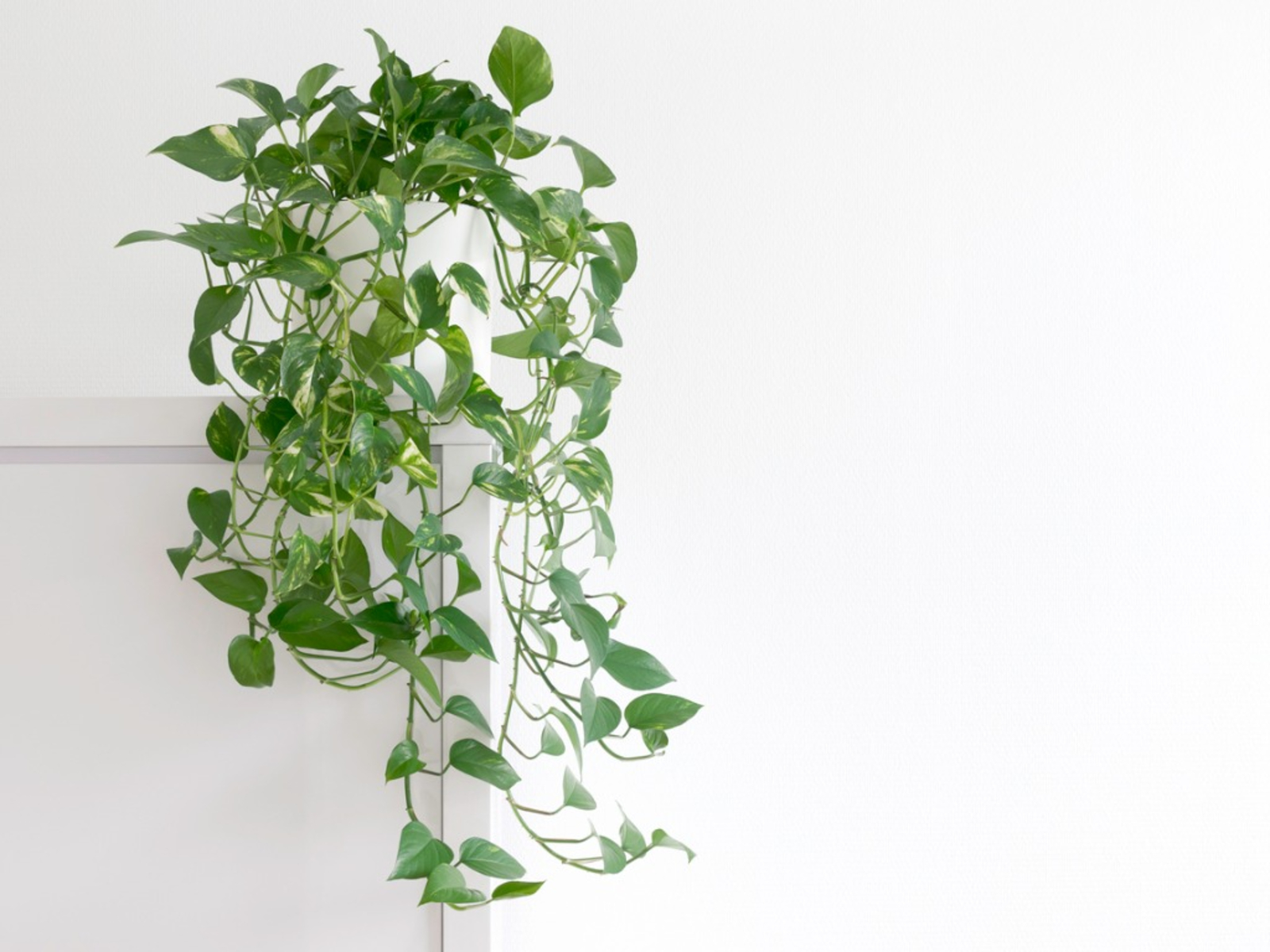Taking care of indoor plants has proven to be beneficial in controlling one’s mental health during the COVID-19 pandemic. So, why not add a few low-maintenance plants to your home?
Photo Courtesy: Freepik
Indoor plants have been shown to improve air quality, eliminate pollutants, and prevent the spread of bacterial and fungal infections in studies, none of which focused on airborne viruses. They provide a variety of air-purifying and health benefits, and you don’t have to go all out to enjoy them.
Drop the indoor plants’ names!
Even a small amount of greenery can help to improve the quality of indoor air. Here is a list of the best indoor plants to help provide clean air and brighten your home.
1. Spider Plants
Spider plants, sometimes known as air plants, grow swiftly and look fantastic in hanging baskets, particularly at your office. They can produce exquisite white flowers on occasion.
Photo Courtesy: The Old Farmer’s Almanac
Spider plants are one of the easiest indoor plants to grow, making them an excellent choice for novices or forgetful owners. Formaldehyde and xylene can be eliminated by spider plants. Children and animals who enjoy swinging items are safe around spider plants.
Water spider plants two to three times per week to keep them healthy.
2. Dracaenas
Dracaenas are a beginner’s ideal plant. This diverse collection of indoor plants comes in a variety of forms, sizes, and colors. Choose from the tall corn plant, which has fascinating patterning, or the vivid purple rainbow plant. Formaldehyde, xylene, toluene, benzene, and trichloroethylene can all be eliminated by dracaenas.
Photo Courtesy: Bloomscape
However, pet owners should choose a different plant because these are hazardous to cats and dogs when eaten. Keep the soil wet but not soggy when caring for dracaenas, as too much water will kill the plant.
3. Chrysanthemums
The most effective air purifiers are florist’s chrysanthemums, sometimes known as “mums.” They’ve been demonstrated to remove pollutants including formaldehyde, xylene, benzene, and ammonia. Because they require some deadheading on occasion, these perennials are also wonderful for plant interaction (the pinching off of spent flowers).
Photo Courtesy: mygardenlife.com
Place them in a cool area with no more than 10 hours of direct sunlight. If eaten, these plants are poisonous to pets, so keep them out of reach.
4. Snake Plant
Toxins such as nitrogen oxides and formaldehyde are absorbed by snake plants, also known as mother-in-law’s tongue.
Photo Courtesy: The Pioneer Woman
This sturdy yellow-tipped succulent can reach a height of two meters. One of the most difficult houseplants to destroy. It does require some watering from time to time, although it prefers drier circumstances. Because the snake plant can handle a wide range of light levels, it is an excellent choice for almost any environment.
5. Aloe Vera
Even a novice gardener will find the Aloe Vera plant simple to care for at home. The succulent is thought to aid in the removal of formaldehyde and benzene from the air. All this plant need is bright, indirect light, and a good watering every two weeks to keep it alive and well.
Photo Courtesy: Interflora
Aloe Vera is not only easy to care for, but it also has some health benefits. The plant’s leaves produce a transparent liquid that contains vitamins, enzymes, amino acids, and other substances that aid in wound healing, antibacterial activity, and anti-inflammatory activity.
6. Peace Lily
The peace lily is a popular choice for many office lobbies since it is both attractive and functional, and it is one of the few flowering house plants. Peace lily plants are modest in comparison to many of the other plants on our list, making them excellent for small areas. Toxic gases such as carbon monoxide and formaldehyde can be broken down and neutralized by the plant.
Photo Courtesy: MyDomaine
Place peace lilies in a shady location and keep the soil moist but not soggy. These plants are easy to grow and flower for the majority of the summer.
Just be aware that pollen and floral scents are released into the air by peace lilies. If children or pets eat peace lilies, they can become poisonous.
7. Boston Fern
This popular plant belongs to the fern family, which includes some of the world’s oldest plants and has thrived for 300 million years in a range of settings.
Photo Courtesy: The Spruce / Kara Riley
The Boston Fern demands regular wetness and thrives in damp settings. Regular watering, wet soil, and placement in indirect sunshine near windows, balconies, and patios will keep them happy. Formaldehyde and xylene can be removed by Boston ferns.
8. Ficus/Weeping Fig
Photo Courtesy: The Spruce / Krystal Slagle
The ficus is a Southeast Asian native that is widely grown indoors. The Weeping Fig can reach a height of two to ten feet. Ficus, like most other air purifiers, prefers strong, direct sunlight and should be watered once a week, completely drying between sips.
Formaldehyde, trichloroethylene, and benzene can all be removed by the ficus.
9. English Ivy
Although you may recognize English ivy as a climber on many walls and trees outdoors, NASA believes that it is the most effective air cleaner indoors. They tend to be crowded and grow nicely in small containers. They look excellent in hanging baskets and can be propagated in water in a matter of days. This plant loves a somewhat dry soil to a slightly wet soil, which is ideal if you want a low-maintenance plant.
Photo Courtesy: Gardening Know How
Although English Ivy may grow practically everywhere, it has been known to create difficulties in dogs, farm animals, and humans when consumed. In humans, the sap’s compounds can cause severe contact dermatitis, especially in people with sensitive skin.
The English Ivy can help you get rid of benzene, formaldehyde, and other harmful chemicals.
10. Devil’s Ivy or Pothos
Devil’s ivy, also known as pothos or golden pothos, is a low-maintenance indoor houseplant that fights off common household pollutants. Its flowing tendrils add instant color to any environment, and it thrives in water, pots, and hanging baskets. It’s also stated that the heartleaf philodendron is more difficult to destroy than to maintain alive!
Photo Courtesy: Gardening Know How
Let’s level up your plantito/plantita goals!
RELATED ARTICLES:
7 Ways to Style Your Indoor Plants as Home Décor
10 expensive indoor plants for the ultimate Plantito/ Plantita
What is Biophilic Design and Why is it a Growing Trend?
CITATIONS:
- Dalziel, L. (2020, November 26). Air purifying plants: 20 of the best for your home. Better Homes and Gardens. Retrieved September 27, 2021, from https://www.bhg.com.au/best-air-cleaning-plants.
- El-Tanbouly, R., Hassan, Z., & El-Messeiry, S. (2021). The role of indoor plants in air purification and human health in the context of COVID-19 PANDEMIC: A proposal for a novel line of inquiry. Frontiers in Molecular Biosciences, 8. https://doi.org/10.3389/fmolb.2021.709395
- Janowiak, M. (2020, March 10). 9 Air-Purifying Houseplants that are easy to keep alive. Greatist. Retrieved September 27, 2021, from https://greatist.com/connect/houseplants-that-clean-air.
- Lock, S. (2021, July 14). Indoor plants for air purifying and low maintenance care. Newsweek. Retrieved September 27, 2021, from https://www.newsweek.com/best-indoor-plants-air-purification-low-maintenance-care-nasa-study-1605199.
- Mensch, L. (2020, April 15). Opinion: Plants are more important than ever in the time of COVID-19. The Pitt News. Retrieved September 27, 2021, from https://pittnews.com/article/157206/opinions/opinion-plants-are-more-important-than-ever-in-the-time-of-covid-19/.
- Riley, E. (2018, September 18). The best air-purifying plants. Healthline. Retrieved September 27, 2021, from https://www.healthline.com/health/air-purifying-plants#easy-plants.
- Wolverton BC, et al. (1989) Interior landscape plants for indoor air pollution abatement. ntrs.nasa.gov/archive/nasa/casi.ntrs.nasa.gov/19930073077.pdf
![]()




